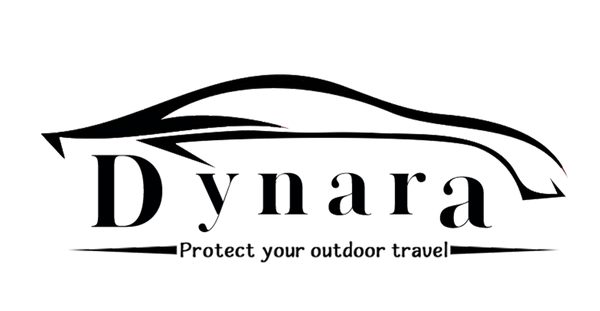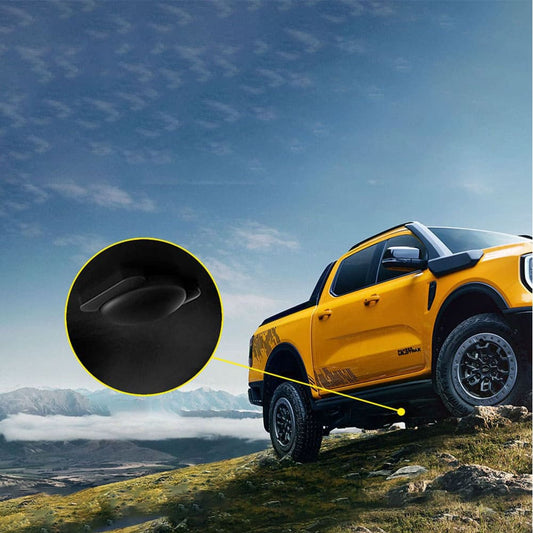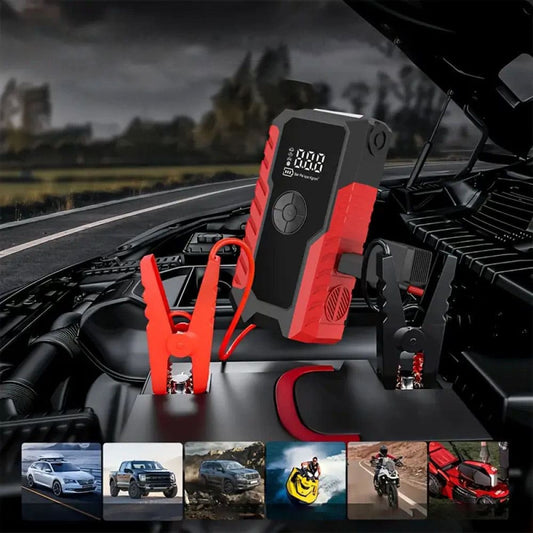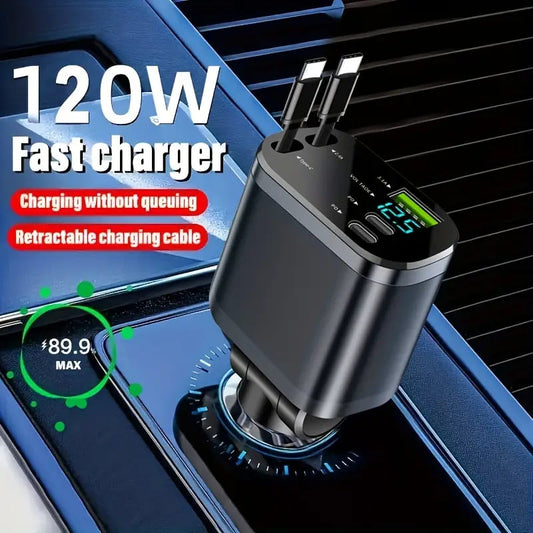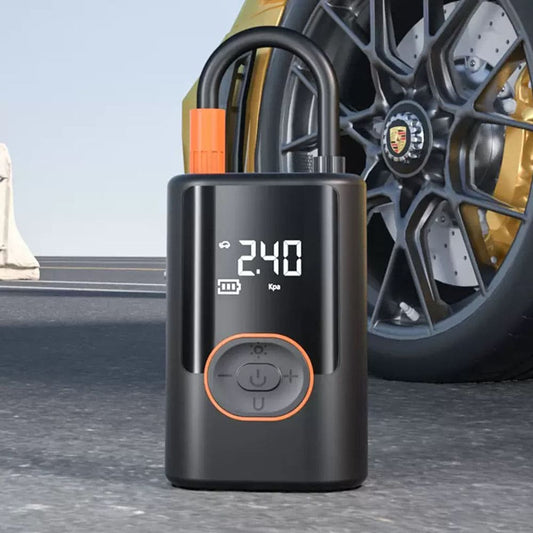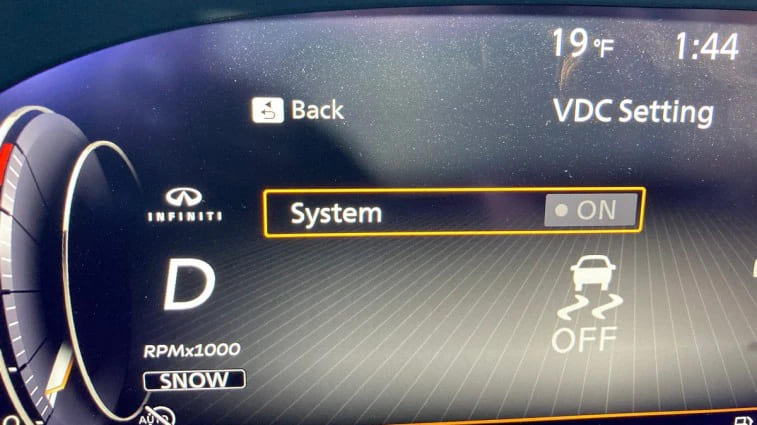
Car Dashboard Warning Lights: What They Mean and How to React
Share
Why Dashboard Warning Lights Matter
The lights on your dashboard are like your car trying to communicate with you. When one suddenly lights up, many drivers panic—but not all lights indicate an emergency. Some are simply reminders that a system is active or functioning normally. Ignoring certain lights, however, can lead to costly repairs or even safety risks.
At Dynara, we want drivers to understand each dashboard warning light so you can stay calm and know what to do when a light comes on.
Below, we break down the 21 most common warning lights by color and severity.
Red Warning Lights (Immediate Attention Required)
Oil Pressure Light

Icon: Oil can dripping oil
Common Causes: Low oil level, oil pump failure, worn engine components
Scenario: On the highway, the oil pressure light comes on. The driver pulls over, checks the oil level, refills it, and avoids engine damage.
What to Do: Check the dipstick and add the recommended oil. If the light remains on, stop driving and contact a mechanic immediately.
💡 Dynara Tip: Regularly check your oil and use quality oil to prevent the oil pressure light from coming on.
Engine Temperature Light
Icon: Thermometer in water
Common Causes: Low coolant, blocked radiator, faulty water pump, heavy engine load
Scenario: During a summer uphill drive, the temperature light flashes. The driver stops, adds coolant, and prevents overheating.
What to Do: Stop and allow the engine to cool. Check coolant levels. If the red light persists or flashes, get professional help.
💡 Dynara Tip: Check coolant levels before long drives, especially in hot weather.
Battery/Charging System Light

Icon: Battery
Common Causes: Faulty alternator, loose or worn battery cables, battery aging
Scenario: The battery light comes on during a rainy night drive. The driver pulls over, checks the connections, and later gets the alternator replaced.
What to Do: Inspect the battery and connections. Avoid long drives. If the light stays on, have your vehicle checked immediately.
💡 Dynara Tip: Regularly inspect your charging system to avoid unexpected power failure.
MORE: Car Warranty Guide: What You Need to Know for Your Vehicle Protection
Brake System Light

Icon: Circle with an exclamation mark
Common Causes: Parking brake engaged, low brake fluid, worn brake pads
Scenario: The light stays on after starting the car. The driver notices the parking brake wasn’t fully released and fixes it.
What to Do: Confirm the parking brake is released. Check brake fluid and pads. If it persists, get professional help.
💡 Dynara Tip: Regularly check brake fluid and pads to ensure safe driving.
Seat Belt Reminder

Icon: Person with seat belt
Cause: Driver or passenger not buckled
What to Do: Buckle up to turn off the alert.
💡 Dynara Tip: Ensure all occupants wear seat belts—it’s basic safety.
MORE: Ultimate Car Maintenance Guide: Tips, Costs, and Essential Checkups
Airbag Light

Icon: Person with airbag
Cause: Airbag system malfunction
Scenario: The light is on, but the car drives normally. Airbags may fail in a crash.
What to Do: Get the system checked immediately.
💡 Dynara Tip: Airbags are essential for safety—never ignore a warning.
Door Ajar Light

Icon: Car from above with open door
Cause: One or more doors not fully closed
What to Do: Stop and securely close all doors.
💡 Dynara Tip: Check doors before highway driving to avoid safety risks.
Yellow/Amber Warning Lights (Attention Required, Not Immediate)
Check Engine Light

Icon: Engine outline
Common Causes: Loose fuel cap, sensor issues, or engine problems
Scenario: Light comes on, car still runs. Driver tightens loose fuel cap, and light turns off.
What to Do: Solid light: schedule a diagnostic check. Flashing light: stop driving immediately.
💡 Dynara Tip: Regular engine checks prevent minor issues from becoming major problems.
Tire Pressure Monitoring System (TPMS) Light

Icon: Circle with exclamation mark
Cause: Low tire pressure or sensor malfunction
Scenario: Light flashes, driver checks and inflates the underinflated tire.
What to Do: Maintain recommended tire pressure. Persistent light may indicate tire damage.
💡 Dynara Tip: Correct tire pressure ensures driving stability and fuel efficiency.
MORE: Car Tires Guide: Everything You Need to Know
Transmission Temperature Light
Icon: Gear with thermometer
Cause: Transmission overheating due to low fluid or heavy load
What to Do: Stop driving and allow the transmission to cool.
💡 Dynara Tip: Watch temperature during towing or heavy loads.
Low Fuel Light

Icon: Fuel pump
Cause: Fuel level is low
What to Do: Refuel promptly.
💡 Dynara Tip: Look for the arrow on the fuel gauge to find the fuel door side.
Traction Control Light

Icon: Car with squiggly lines
Cause: Traction system active during wheel slip
What to Do: Normal function. Persistent light requires system check.
💡 Dynara Tip: Drive cautiously on slippery surfaces.
MORE: Enhance Your Driving Experience with the Wireless Car Tire Inflator
Anti-lock Brake System (ABS) Light

Icon: Circle with “ABS”
Cause: ABS malfunction
What to Do: Standard brakes still work. Repair ABS promptly.
💡 Dynara Tip: Safety first, especially in wet or snowy conditions.
Lane Departure Warning Light

Icon: Car between lane lines
Cause: Vehicle drifting from lane
What to Do: Correct steering promptly.
💡 Dynara Tip: Always stay attentive even with lane assist activated.
Washer Fluid Low

Icon: Windshield with spraying fluid
Cause: Washer fluid low
What to Do: Refill the reservoir.
💡 Dynara Tip: Keep windshield clean for clear visibility.
Automatic Shift Lock
Icon: Foot on circle
Cause: Brake not pressed while attempting to shift
What to Do: Press brake to shift gears.
💡 Dynara Tip: Always press brake before changing gears to avoid mistakes.
Green/Blue Lights (Function Indicators)
Cruise Control Light
Icon: Speedometer
Cause: Cruise control active
What to Do: Light on means system is engaged.
Turn Signal Indicators

Icon: Arrow
Cause: Directional signal on
What to Do: Flashing is normal; rapid blinking may indicate a burnt bulb.
High Beam Indicator
Icon: Headlight with straight lines
Cause: High beams active
What to Do: Switch to low beams when needed.
MORE: Tested: The Best Portable Jump Starters of 2025
Fog Lamp Indicator

Icon: Headlight with wavy line
Cause: Fog lights on
What to Do: Use in foggy conditions.
Hands-Free / Advanced Driver Assistance Active
Icons Vary by Brand:
BMW: Green steering wheel
Ford BlueCruise: Blue steering wheel
GM Super Cruise: Green light bar on top
Tesla: Blue cluster theme
Cause: ADAS or level 2 hands-free driving active
What to Do: Stay alert, keep hands ready on the wheel.
Dynara Tip: Advanced systems assist, but safety is always the driver’s responsibility.
How to Reset Dashboard Warning Lights
Fix the underlying issue—the light usually turns off automatically.
Restart the engine if needed.
If still on, disconnect the negative battery terminal for 60 seconds and reconnect.
Persistent lights require professional service.
Conclusion
Dashboard lights are your car’s way of communicating. Understanding all 21 lights can prevent accidents and expensive repairs. At Dynara, we encourage drivers to stay calm, assess the situation, and take the right actions for safe, worry-free driving.
